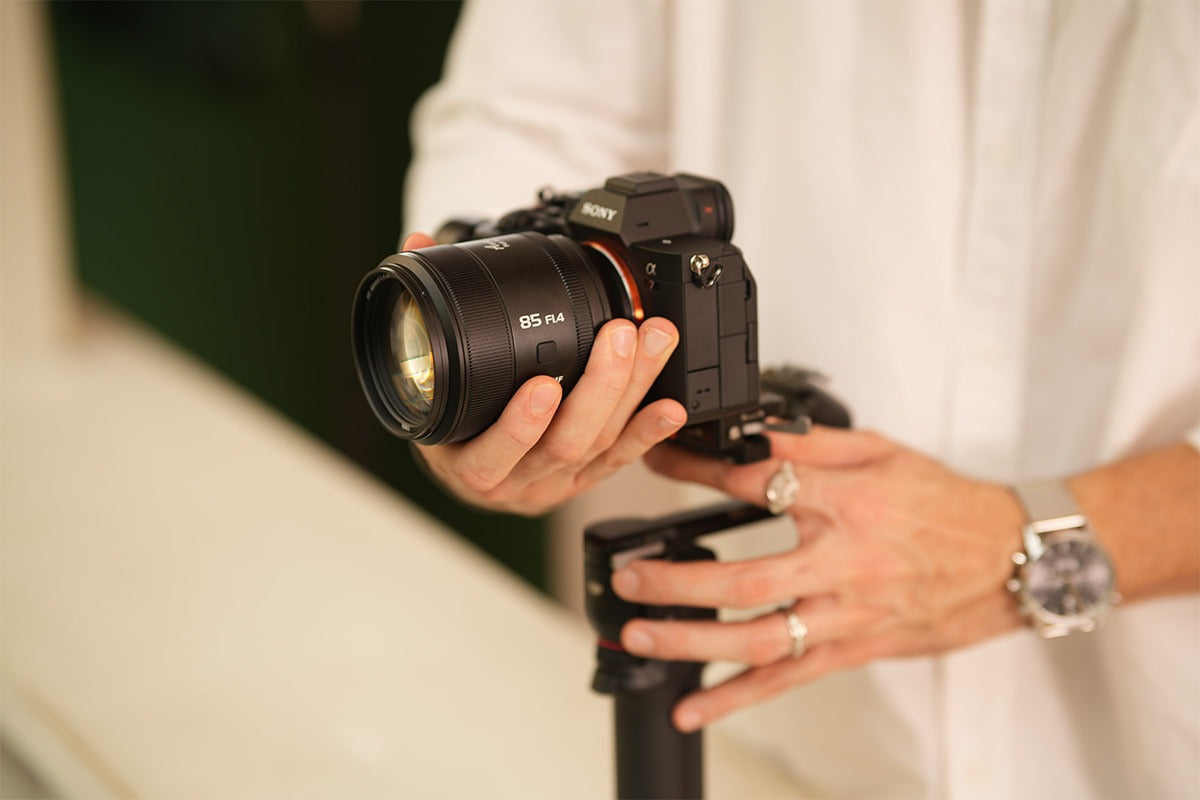Photography with backlight is the magic of light and shadow. When light from behind the subject enters the lens directly, it can create soft light on a person's hair or bring out the translucency of flower petals. But when photographing, underexposure, blur, or glare often occur. This article explains how to take beautiful pictures with backlighting.
The core of photographing with backlighting always lies in properly using a suitable lens. Now let's experience the crucial technique together and take photos with backlighting using the right lens.
Photographing with backlighting: Emotion storyteller
Backlighting is by no means a mistake, but a conscious choice. Unlike front lighting, where light falls directly on the subject, backlighting gives the image a unique emotional language through the special spatial relationship between light and subject.
Backlighting can highlight the subjects of the images. When light passes through hair or leaves from behind, it creates bright areas along the contours of the subjects, separating them from the background. This places the visual focus precisely on the model.
The translucency created by backlighting can make subjects appear more vivid. When photographing semi-transparent or transparent objects like a glass of water and flower petals, it seems to shine from within. Ordinary subjects seem to be able to breathe. With backlighting, the leaf is illuminated from behind and the veins are clearly visible.
The backlight early in the morning has a cold blue or purple color, while late in the evening it is warm orange and golden. The coloring of the backlight can give the image a special mood. Is it the hope of the morning or the tenderness of the evening? The backlight gives viewers the answer directly.
Why do we repeatedly fail at photography with backlight?
The beauty and difficulty of backlight combine. Many beginners and even advanced photographers still fail at these technical subtleties. These three pain points affect 90% of people.
Underexposure of the main subject
In backlight, the light mainly concentrates behind the main subject. The camera's exposure system often leads to underexposure of the main subjects. In portrait photography, the face appears too dark, and in still life shots like flowers, only the outlines remain visible.
Glare and ghost images spoil the pictures
When light shines directly into the lens and reflects off the glass elements, glare and ghost images occur, ruining the pictures. The romantic backlight can thus lead to overexposure and blurry images.
Focusing difficulties
In backlight, there are large differences between bright and dark areas, causing the camera's autofocus system not to work properly. Focus hesitation is common. Sometimes it simply focuses on the background, resulting in the actual main subject becoming blurry.
Tips for photography with backlight
In backlight, the light is often weak. Above all, a large aperture is important because it can capture more light. Furthermore, a lens with a large aperture is indispensable to shorten the shutter speed, efficiently reducing ISO noise. And the most important thing is the shallower depth of field created by the large aperture. This makes the image full of mood and emotions.
Anti-glare coating lets the light reach the sensor directly and can thus reduce the lens's light reflection. This successfully avoids glare.
The fast and precise autofocus is also a great advantage. In backlight, you need a good lens to quickly focus on the subject even in poor lighting conditions. Lenses of the SIRUI AURORA Series 85mm F1.4 Full-Frame Autofocus Lens are a good choice. The large F1.4 aperture and fast autofocus ensure sharp images with precise colors even in backlight. Thanks to aspherical lenses, ED glass, and HR glass, outstanding optical performance is achieved – with well-controlled stray light and few ghost images.
Conclusion
Photography with backlight is by no means a challenge, but an instrument of expression. And a suitable lens can help you a lot to ease and free this expression from the light. Now is the time to capture the emotions of the light with the lens and tell the light-shadow story.





